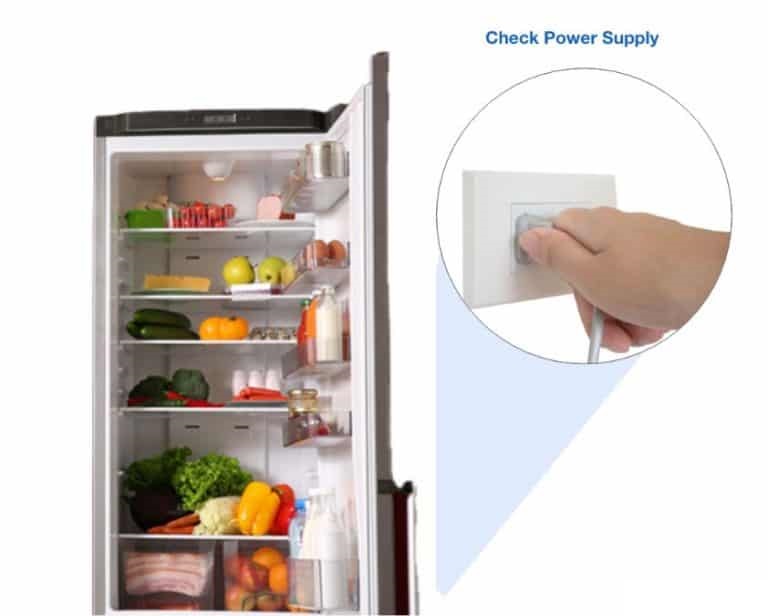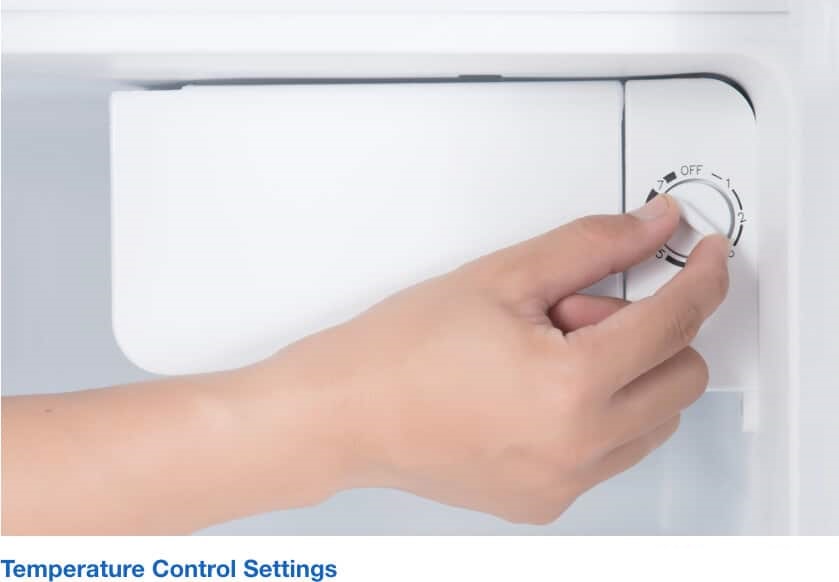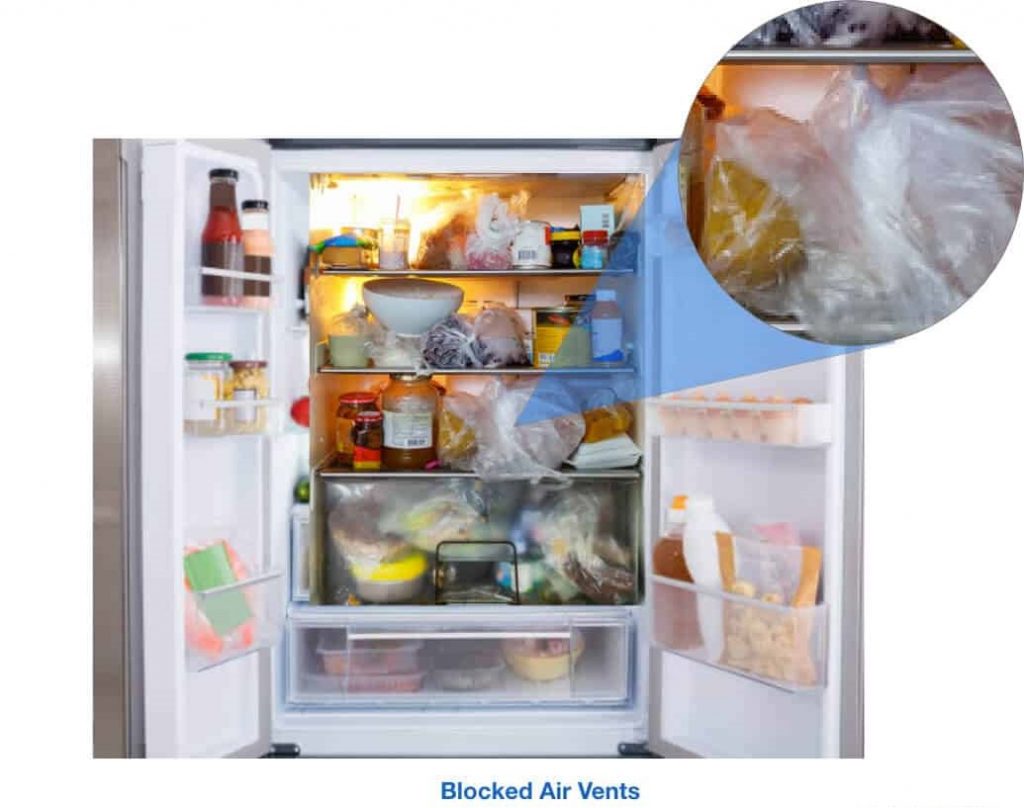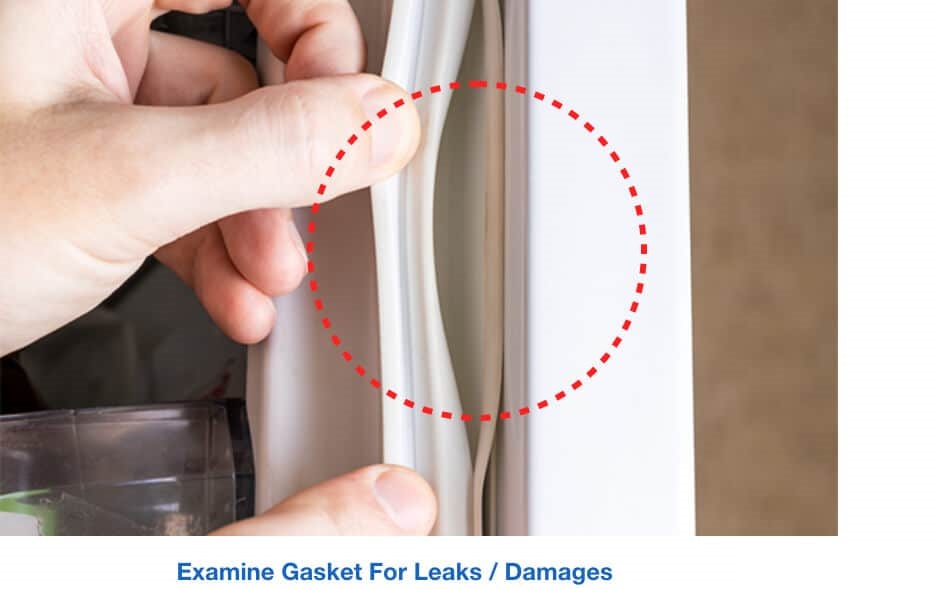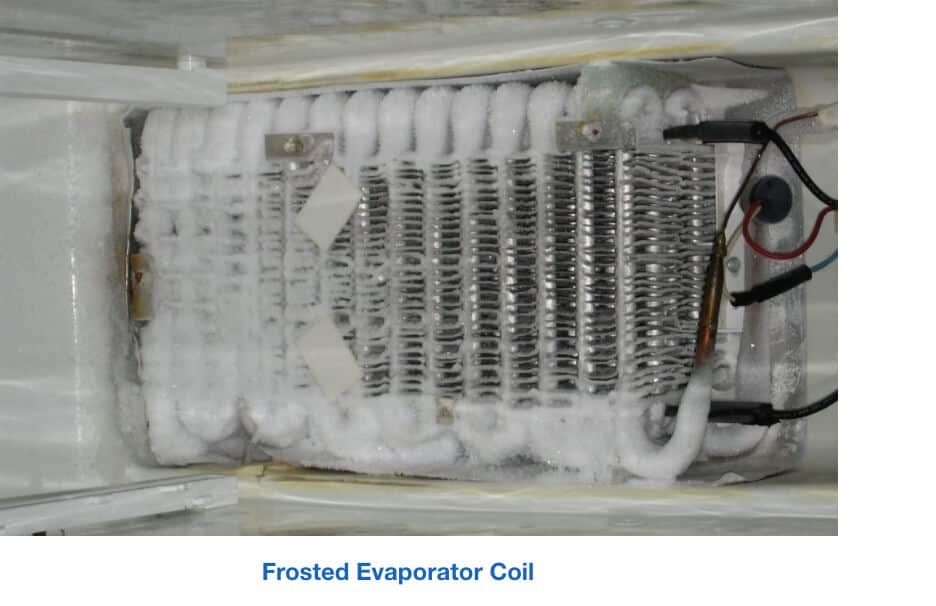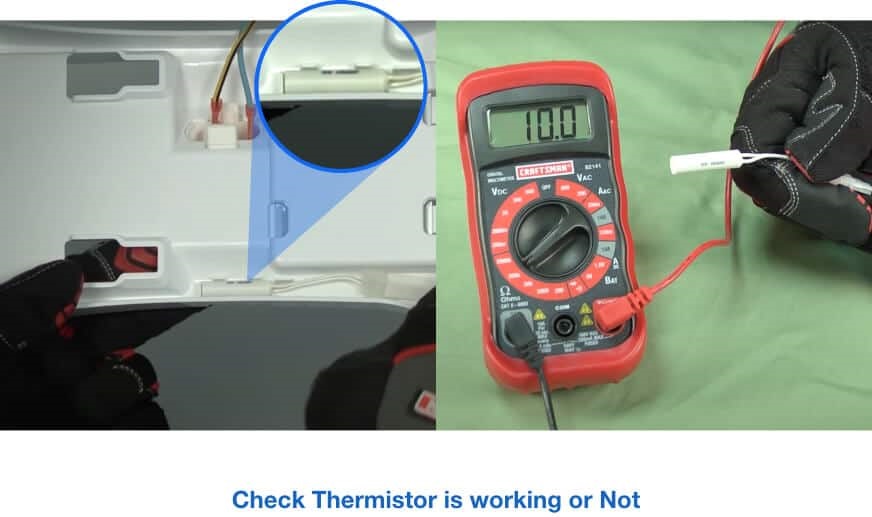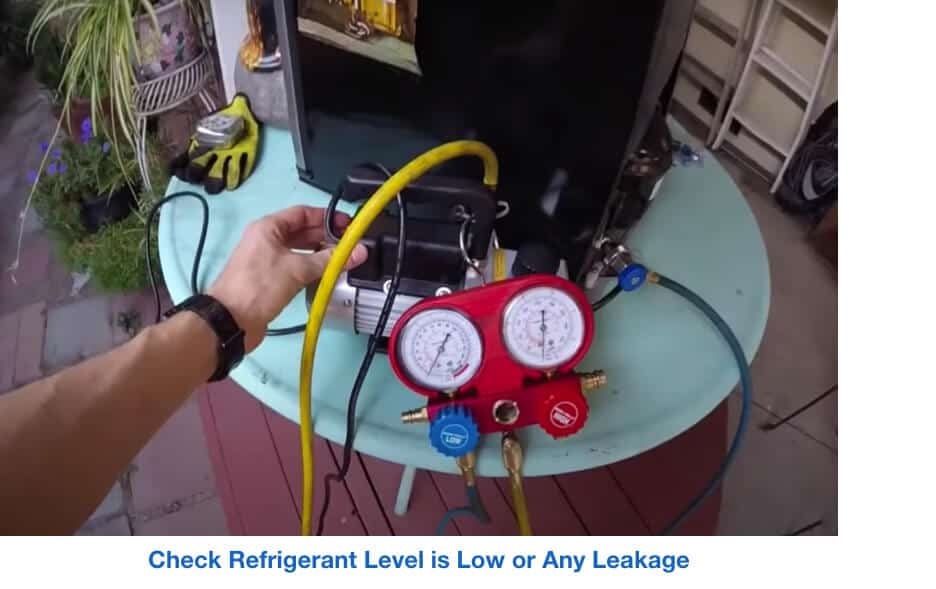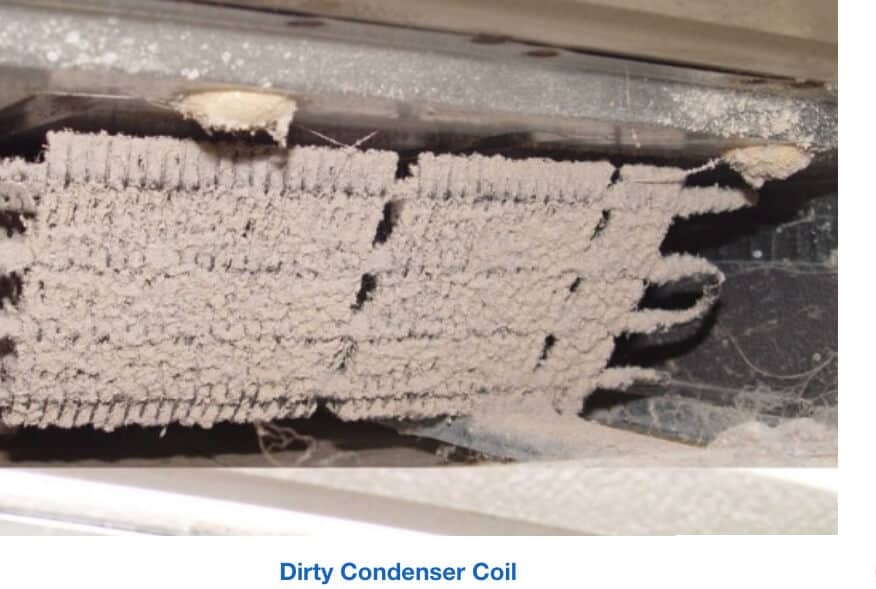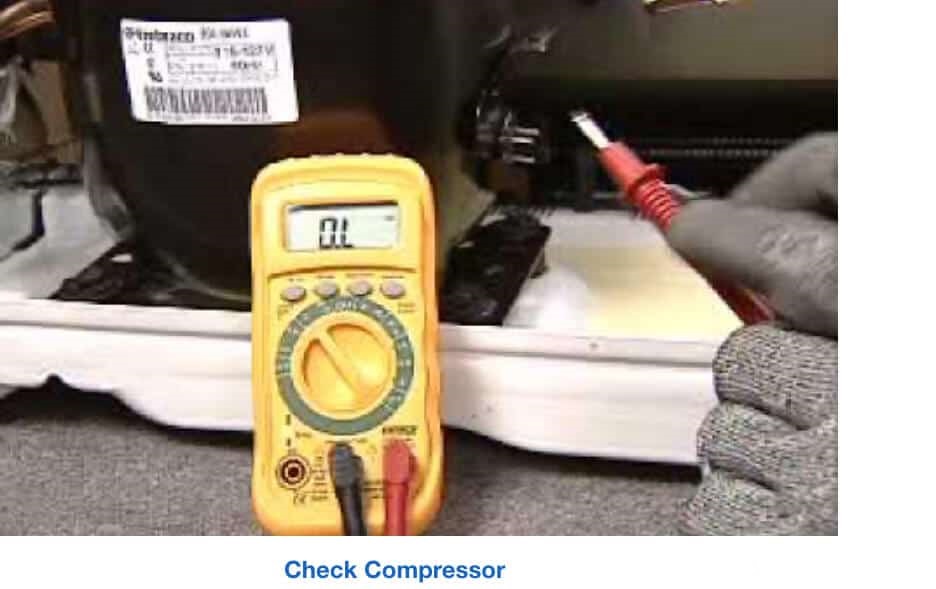“Reasons Why Refrigerator Is Not Cooling Enough”
Is your refrigerator not cooling? There can be several reasons for this to happen.
In this article, we have explored some of the common reasons that can cause in-sufficient cooling in a refrigerator.
We have also provided solutions to some issues that can be fixed at home. However, to resolve some issues, it is better to take help from a technician.
The very initial step to fixing the refrigerator is diagnosing the cause. Let us discuss the problems, both minor and major, in detail.
As discussed earlier, there are many reasons for your refrigerator not cooling. However, it is advisable to check for the minor triggers first, before moving on to the complex ones directly. One of the possible minor causes would be an inadequate power supply or no power supply at all. To confirm the same, open your refrigerator door and check for the light inside. If the find the light turned on, then there is an adequate power supply. If you notice the light turned off, immediately check whether the power cord of the fridge is intact with the power outlet. While doing so, examine if the cord is healthy or not. If you notice that there is no problem with the power cord and find it plugged in, check the power supply unit. Unplug the power cord and plug in some other electrical device. If you identify that the problem is with the power outlet, immediately call for a professional electrician. However, if you are still unable to recognize the problem, then it is a clear indication that the fridge has indeed a complex issue. Another trivial reason affecting the cooling of the refrigerator is the temperature. It can look very insignificant for us to realize, yet it could be a possible cause. Hence, check the temperature control settings in your refrigerator. There are chances that it got accidentally shifted. If yes, reset the settings to the ideal temperature required to keep the food items cold, fresh, and healthy. One of the contributing factors for this issues can be food load. It is always crucial to see that you are not overloading your fridge, especially near the air vent. When you overstock your fridge or freezer with items, they block the air vent. This further prevents the cold air from entering the food compartment. The location of these vents varies from brand to brand and model. Most refrigerators have them along the back wall inside or along the sidewall. You can always check the user owner manual for locating them. Another possible reason can be – When your freezer is frosting over, it builds up ice in the freezer, which sometimes causes a vent blockage. This results in further blocking the airflow from reaching the refrigerator compartment. When you notice heavy frost in the freezer compartment, defrost the chamber by unplugging the fridge. Keep the freezer door open and let the frost melt. Examine the gasket of your refrigerator to see if it is in a good condition. If the seals of your fridge and freezer compartment are not as tight as they should be, it causes leakage of cool air. Make sure that the gaskets are tight, not broken or worn out. You can test the condition of the seal by trying this simple hack. Put any paper or any bill in the door and see if it sticks to the door or falls out when you close the door. If it falls out or if you can easily pull it off the door, it means that the seal is bad, and you need to fix it. In the above paragraphs, we discussed some basic troubleshooting techniques for a refrigerator when the fridge is not cooling. Let us now move on to the next vital segment that talks about more advanced inspections. We will try to learn the solutions as well. If none of the adjustments mentioned above are the causes, it means that the problem is quite complex. There could be faulty parts in your refrigerator-that are obstructing its cooling, and they are: The freezer compartment of the refrigerator has evaporator coils and circulating fans. Whenever the evaporator coil encounters a reduced airflow across, it leads to evaporator coil icing. This causes a frozen evaporator coil, preventing the air pass through them to get cold. Solution The only solution is to remove the frost from it either by manual defrosting or automatic defrost (a feature available in frost-free refrigerators). This ensures the required amount of airflow and proper cooling inside the fridge. You will find the refrigerator evaporator fan behind the freezer wall. The fab’s job is to draw air across the evaporator coil and circulate this cool air throughout the freezer and fridge compartments. Whenever it stops working, the fan fails to circulate the cool air. This may stop cooling your fridge section while keeping the freezer cold. Solution The ideal solution to this is to check for the proper working of the fan. Ensure there are no obstructions. If you notice that the fan is not running properly, or the noise is getting louder, or there are damaged motor windings, then it is time to replace them. The thermistor is the crucial part of the refrigerator that controls the temperature inside. It is a sensor that monitors the temperature and sends the reading to the control board. Based on the thermistor readings, the control board regulates power to the evaporator fan and the compressor. Any damage to the thermistor will hamper the functionality, i.e., both compressor and evaporator fan does not run as required and when necessary. Solution To combat this issue, it is essential to determine if the thermistor is defective using a multimeter. If you observe any change in the thermistor resistance during the test, you better replace it. A refrigerant is a fluid responsible for cooling, i.e., the refrigeration cycle in the refrigerator. It works by absorbing (passes through evaporator coil) the heat from the food items inside and converts to high-pressure gas. (passes through the compressor). Eventually, it removes the heat from the condenser coil. When this refrigerant fluid is low, it affects the refrigeration cycle and interrupts the refrigeration cycle. Ultimately, your refrigerator stops getting cool. Solution The one and the only solution is to measure the level of this coolant regularly. The condenser coils dissipate a lot of heat when the refrigerant passes through it in high-pressure vapor form. When this condenser coil gets dirty or has loads of debris accumulated over it, this inhibits the heat transfer. As a result, this heat stays inside the refrigerator, making it difficult for the fridge to cool. Solution To address this issue, all you need to do is unclog the condenser coils. Before that, locate them (usually under the fridge), and clean them thoroughly using a brush. Some special condenser brushes are available in the market exclusively for cleaning the condenser coils. To ensure the smooth running and functioning of your refrigerator, we recommend cleaning the coils a few times, annually. Located near the compressor, a start relay is a small device that plays a significant role in starting the compressor. Failure of this device will not let the compressor start. This will further prevent the cooling process in the refrigerator from commencing. Solution Firstly, remove the start relay from the compressor to see if there is any damage, or it has a burnt odor. Anything as such, it is time for a replacement. However, if you notice that there is no damage, then the problem is with your compressor, and try troubleshooting it. The start capacitor is that electrical device that boosts the compressor to start-up. Any damage to this will hinder the cooling of the refrigerator. Solution The possible solution to this issue is to determine if the start capacitor is defective. Any bulge in its physical appearance or noise or a weak spark is a clear indication that there is something wrong with this device. Replace it with a new one at the earliest. We all know that all frost-free refrigerators have a defrost system that assists in the cooling and the defrost cycle. It comprises two components, namely a defrost timer and a defrost heater. A defrost timer usually changes between the cooling mode and the defrost mode. When the defrost timer stops functioning properly and gets stuck at the cooling mode, this facilitates in building up of frost across the evaporator coils. This frost development hinders the airflow. When this timer gets stuck at the defrost mode, this defrosts all the frost built-up over the evaporator coil. In either case, it is hampering the refrigerator functionality, making it difficult for the fridge to understand when to cool and when to defrost. Solution Without any delay, contact a professional, as this could be the optimal solution. We all know how a compressor works and how crucial its role is in keeping the refrigerator cool. It helps in keeping the refrigeration cycle repeating. When the compressor is non-functional, then this refrigeration cycle does not happen. Solution You need to fix it ASAP with the help of a professional who will decide whether the compressor requires a repair or replacement. A faulty or defective condenser fan is yet another cause for your refrigerator not cooling. To ensure it is working properly, check the fan blades and the fan motor. Any issue in these units will affect the condenser, which ultimately increases the temperature in the refrigerator. Solution To troubleshoot this problem, follow the below instructions: If your refrigerator is not properly cooling, then there are chances that any of the causes, as mentioned above, are the possible triggers. Try the troubleshooting tips shared with you in this article. However, if you still feel that the problem persists after trying the above hacks, contact an experienced and expert technician who will ascertain the actual cause and suggest a suitable solution. I hope this article is of great help to you in knowing why your refrigerator is no longer keeping cool. Do let us know in the comments section below if you feel this article is indeed helpful.Minor Causes Refrigerator Not Cooling:
1. Check Power Supply
2. Temperature Control Settings
3. Blocked Air Vents
4. Examine Gasket
Complex Causes for Refrigerator Not Cooling (with Solutions)
1. Frosted Evaporator Coil
2. Faulty Evaporator Fan
3. Thermistor
4. Refrigerant Level is Low
5. Dirty Condenser Coil
6. Defective Start Relay
7. Start Capacitor Issue
7. Out of order Defrost System
8. Faulty Compressor
9. Condenser Fan Issue
Conclusion

